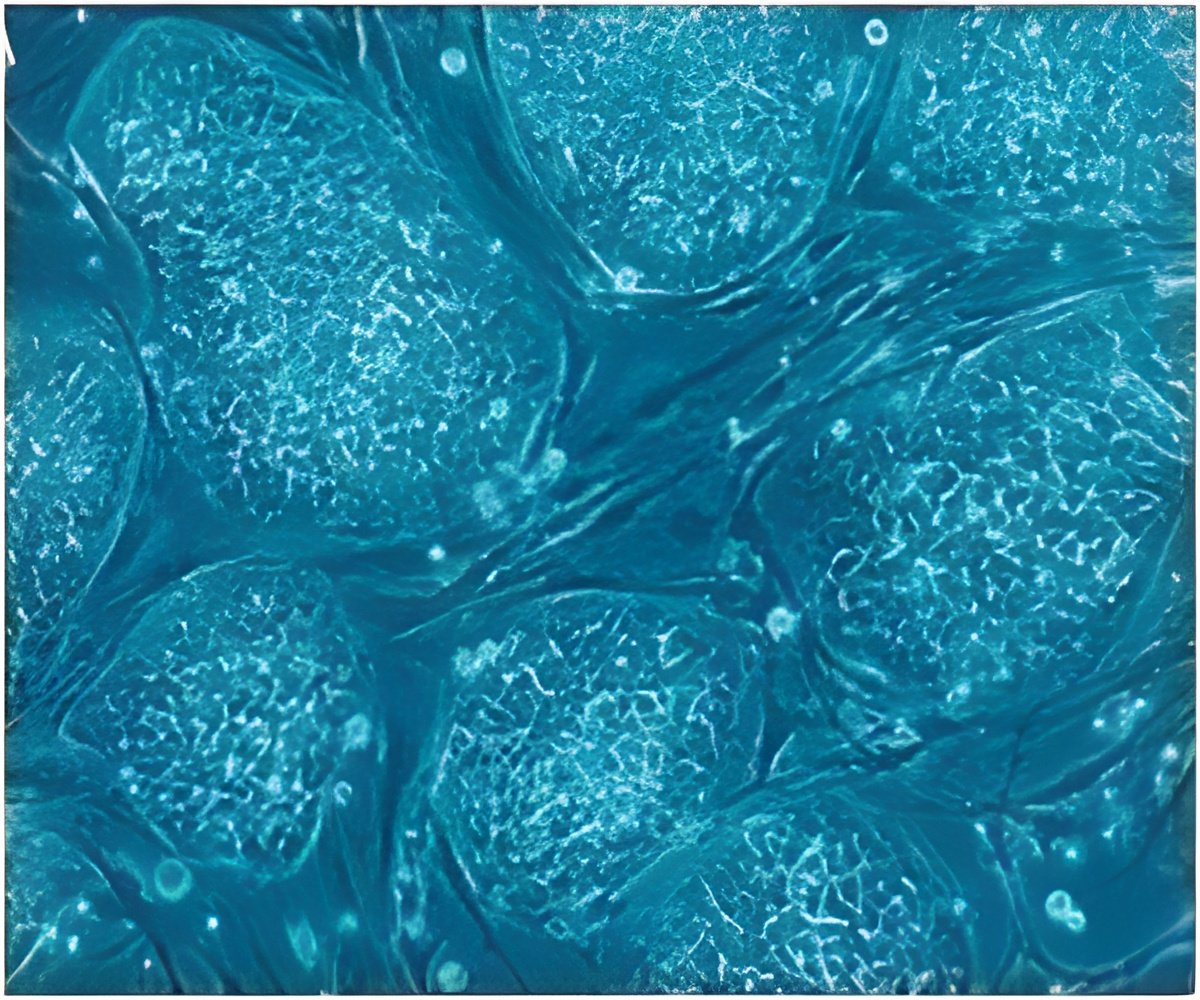Hundreds of different cell types, all with the same basic DNA are present in the human body.

Now, a study by researchers at the University of Pennsylvania have shown that a protein found in the nuclei of all cells — lamin-A — plays a key role in the differentiation process.
The study was led by professor Dennis Discher and postdoctoral researchers Joe Swift and Irena Ivanovska of the Department of Chemical and Biomolecular Engineering in Penn's School of Engineering and Applied Science.
It was published in the journal Science.
Lamin-A is a protein found in the nucleus of all adult cells. This rope-like protein forms a protective netting around the DNA contained at the core of the nucleus.
The first hint that lamin-A might be involved in regulating the stiffness of nuclei came from diseases that lead to abnormal protein. One such disease, progeria, has symptoms akin to premature aging, including brittle bones and muscle wasting. But while these stiff tissues are affected, soft tissues such as brain and blood remain normal.
Advertisement
Advertisement












